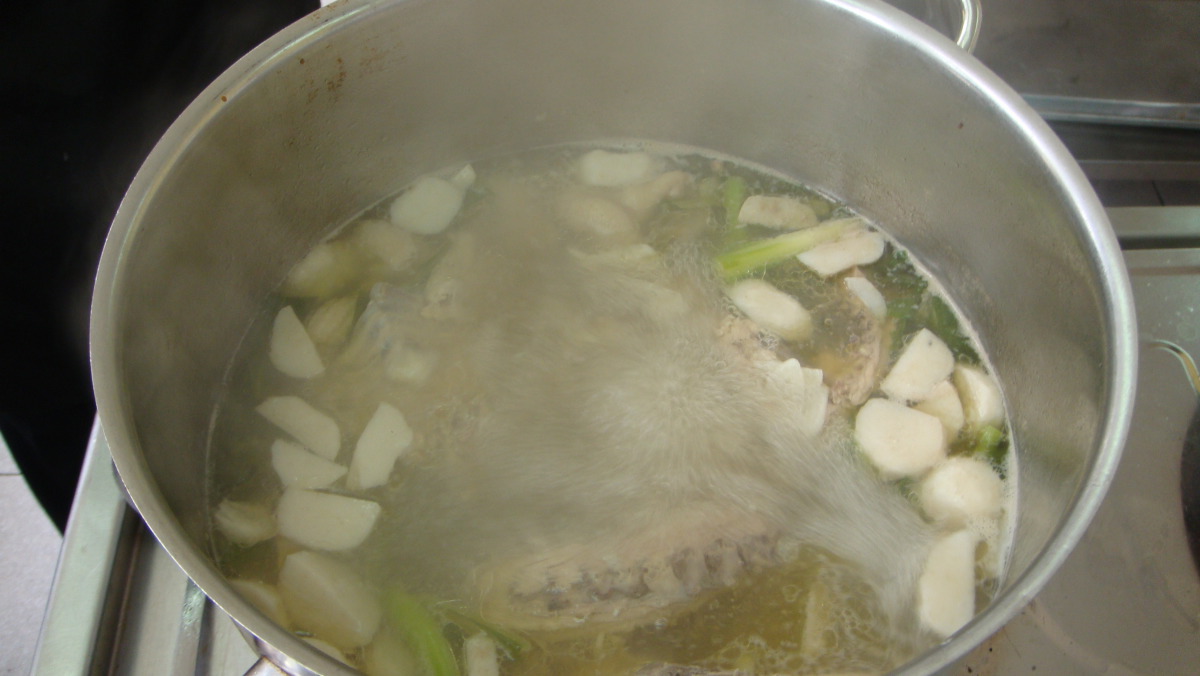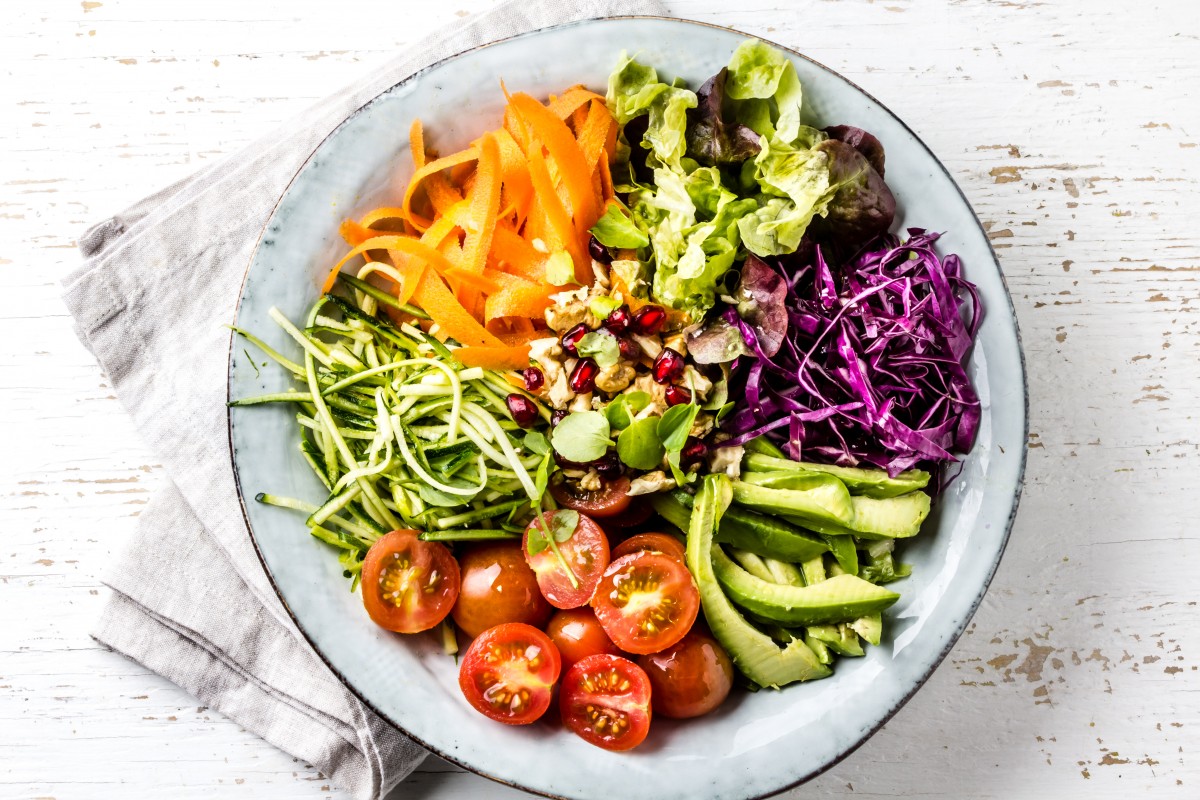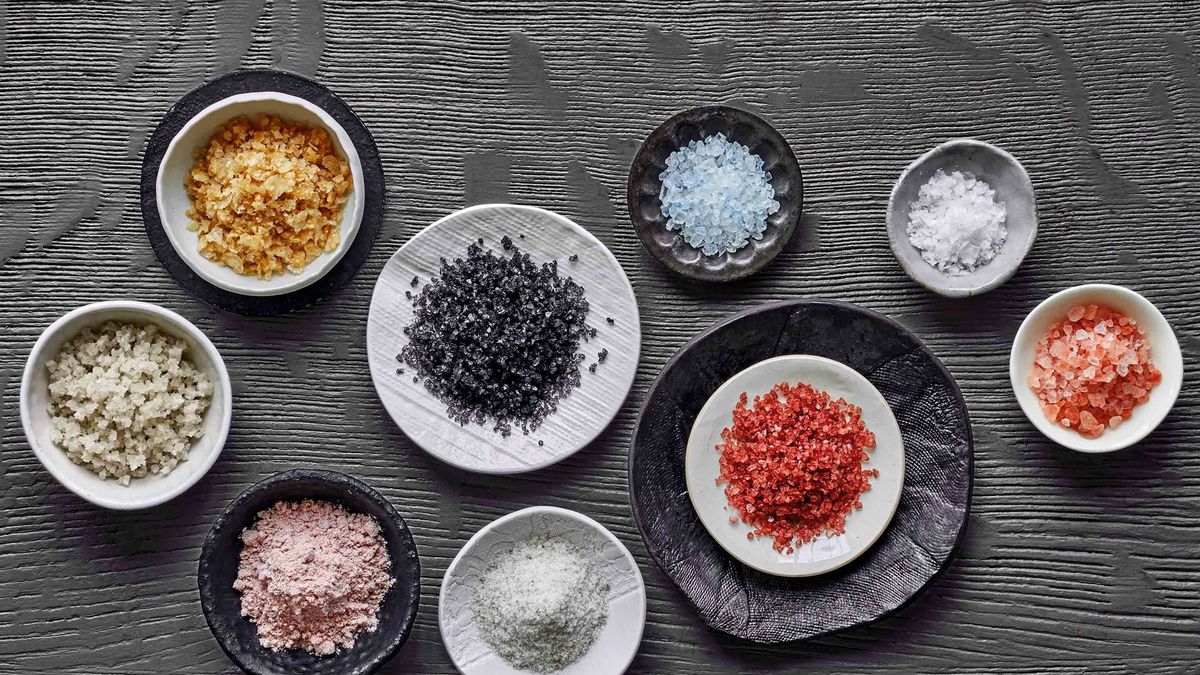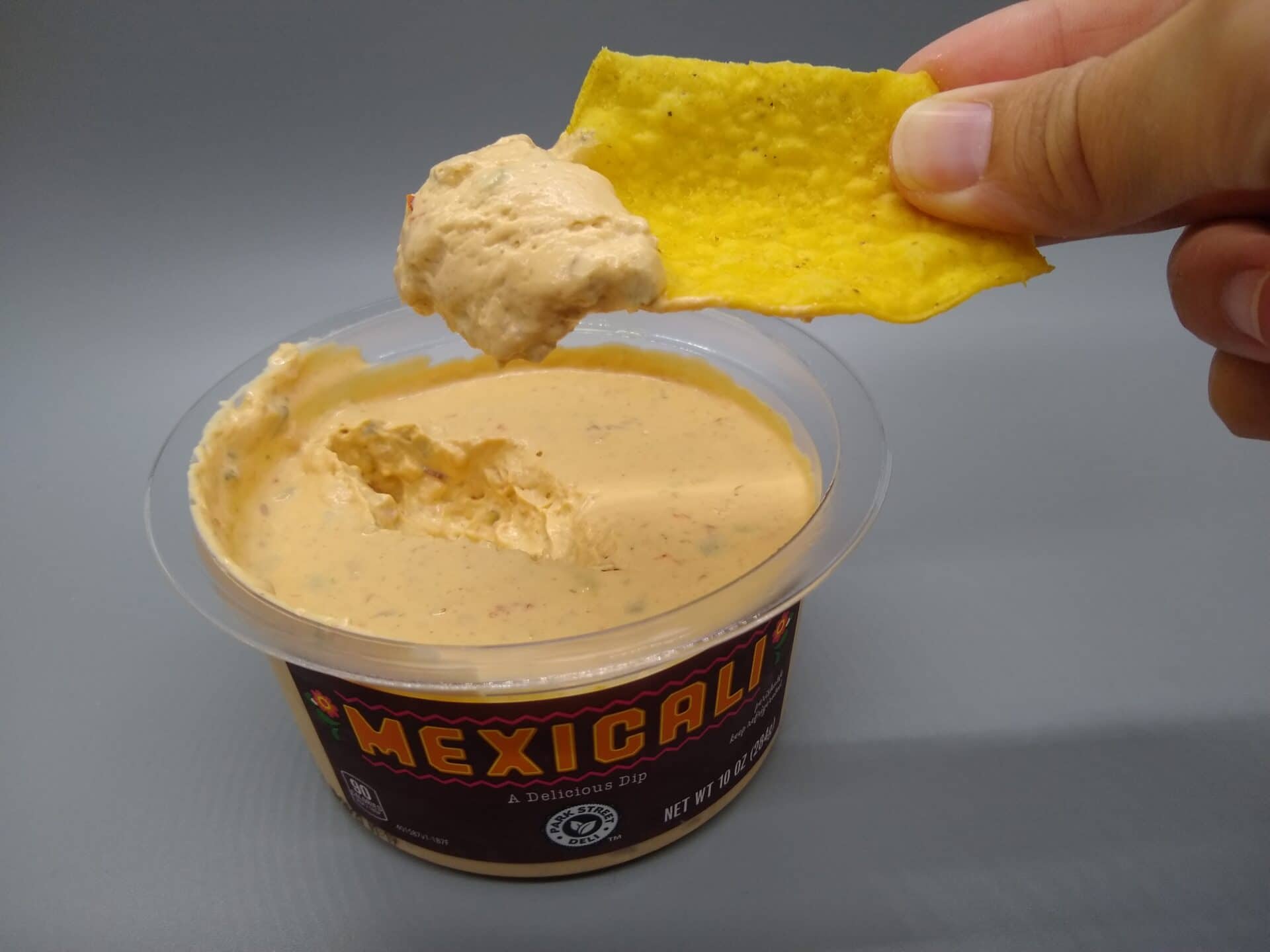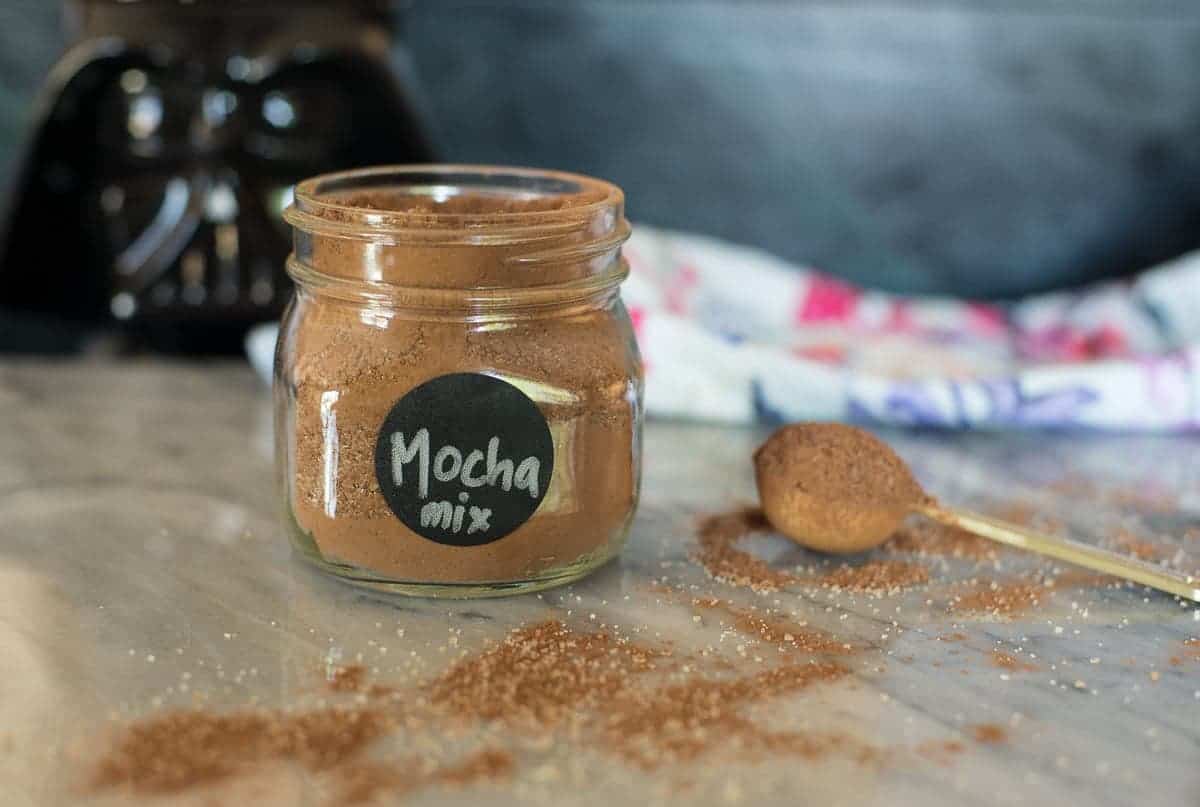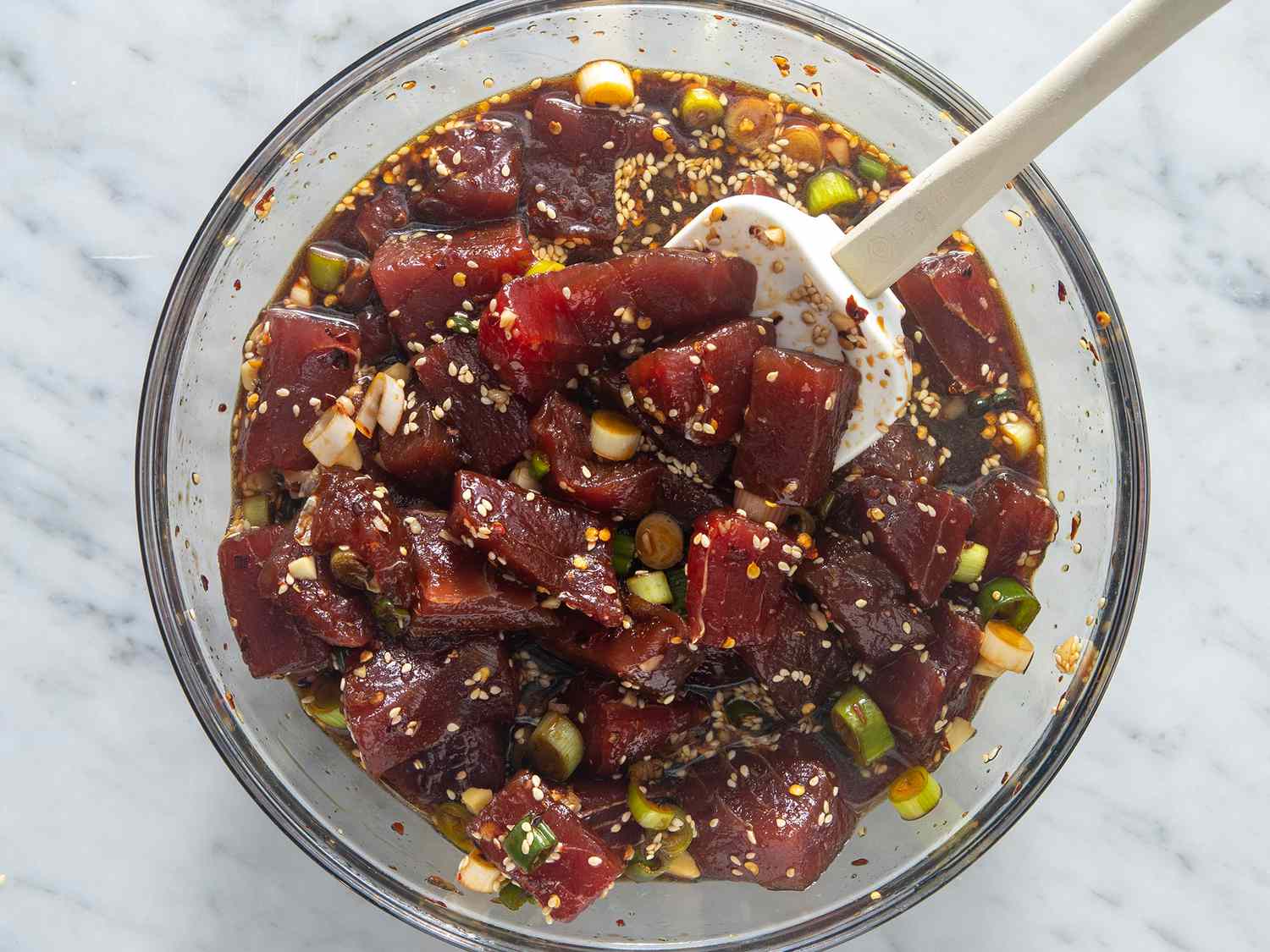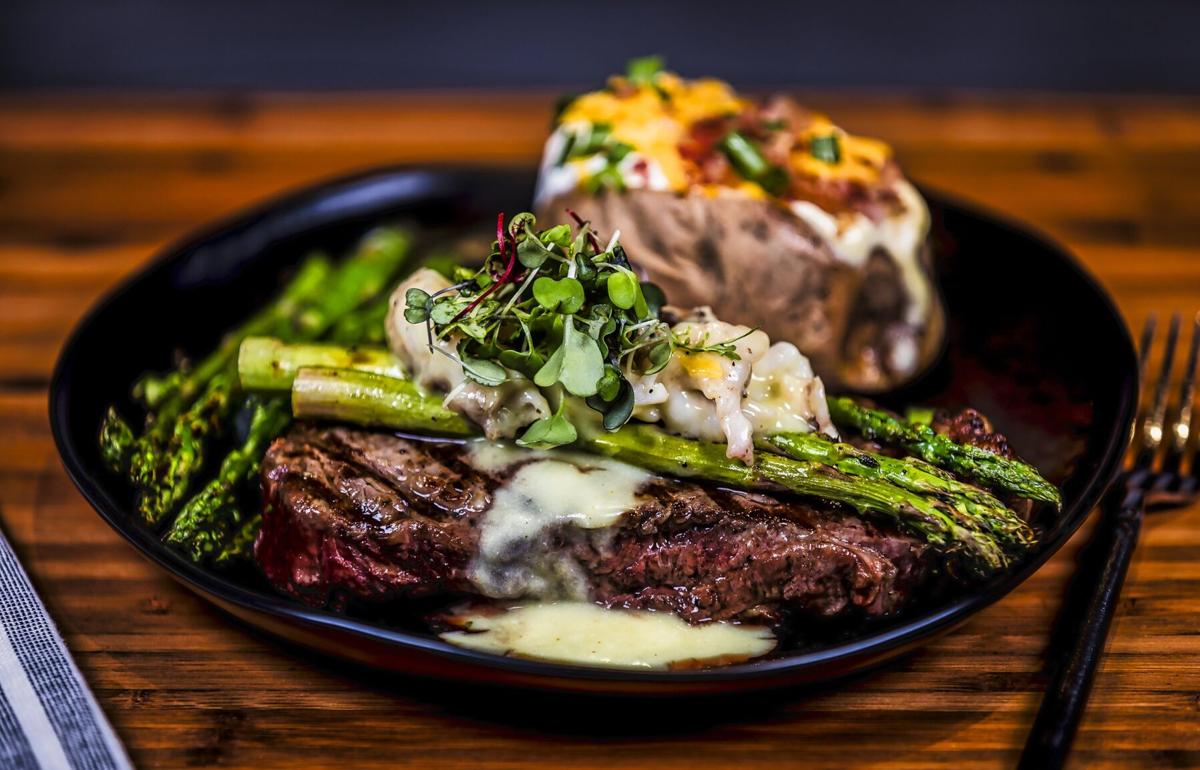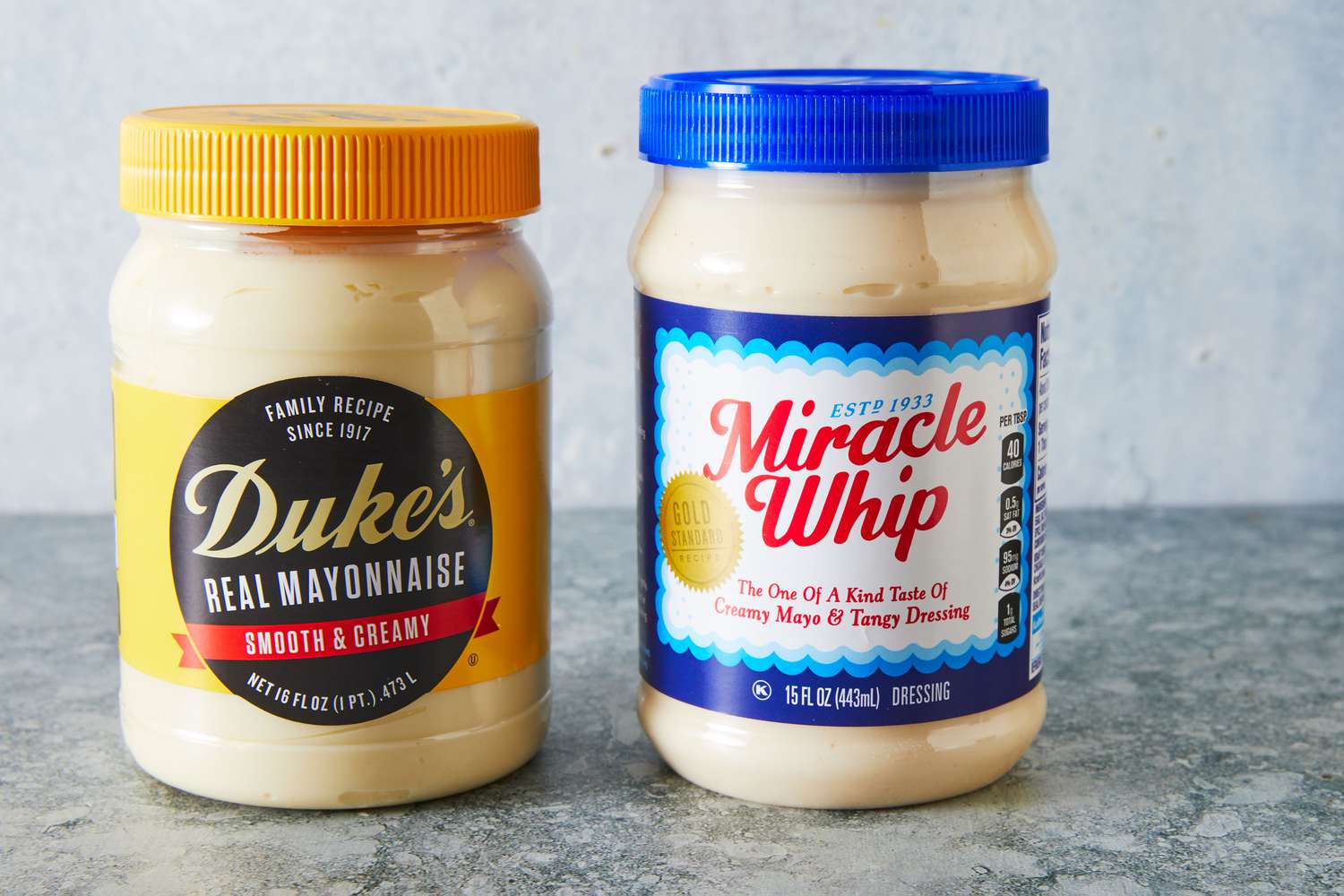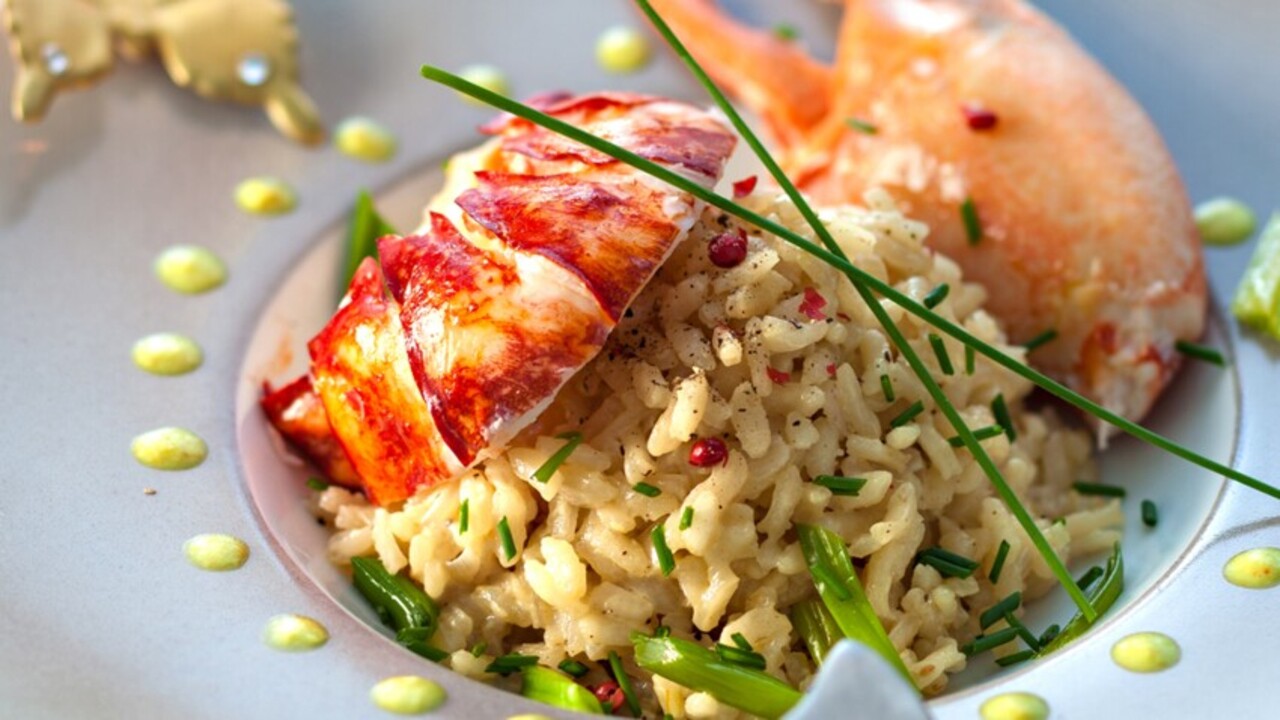Discovering the Delightful Marechiara Sauce
When it comes to Italian cuisine, there are countless delicious sauces that elevate the flavors of pasta and seafood dishes. One such sauce that stands out for its unique taste and versatility is the Marechiara sauce. If you’re curious about this delectable creation and want to learn more about it, you’ve come to the right place.
Origin and Meaning
The term “Marechiara” translates to “clear sea” in Italian, which perfectly encapsulates the essence of this sauce. Hailing from the Campania region in southern Italy, Marechiara sauce is known for its fresh and vibrant flavors that evoke the essence of the sea.
Ingredients
Marechiara sauce typically features a harmonious blend of tomatoes, garlic, olive oil, white wine, and an assortment of seafood such as clams, mussels, and shrimp. The combination of these ingredients results in a rich, savory sauce with a delightful hint of brininess.
Preparation
Creating Marechiara sauce is a culinary art form in itself. The process often begins with sautéing garlic in olive oil until it becomes fragrant. Then, the addition of fresh tomatoes and white wine brings a burst of flavor to the sauce. Finally, the seafood is gently simmered in the mixture until it is cooked to perfection, infusing the sauce with its essence.
Versatility
One of the most appealing aspects of Marechiara sauce is its versatility. While it is commonly paired with pasta, particularly long varieties like spaghetti or linguine, it also complements a wide range of seafood dishes. Whether served over a bed of al dente pasta or drizzled atop a succulent piece of fish, this sauce never fails to impress.
Pairing Suggestions
When indulging in a dish featuring Marechiara sauce, consider pairing it with a crisp white wine such as Pinot Grigio or Sauvignon Blanc. The bright acidity and subtle fruit notes of these wines harmonize beautifully with the flavors of the sauce, enhancing the overall dining experience.
Final Thoughts
In conclusion, Marechiara sauce is a true gem of Italian cuisine, offering a delightful marriage of land and sea. Its vibrant flavors and adaptability make it a beloved choice for seafood enthusiasts and pasta lovers alike. Whether you’re savoring it in a quaint trattoria in Italy or preparing it in your own kitchen, the allure of Marechiara sauce is undeniable.
So, the next time you’re craving a taste of the sea, consider indulging in a dish featuring this exquisite sauce. Your taste buds will thank you.
Was this page helpful?
Read Next: What Is Manicotti
